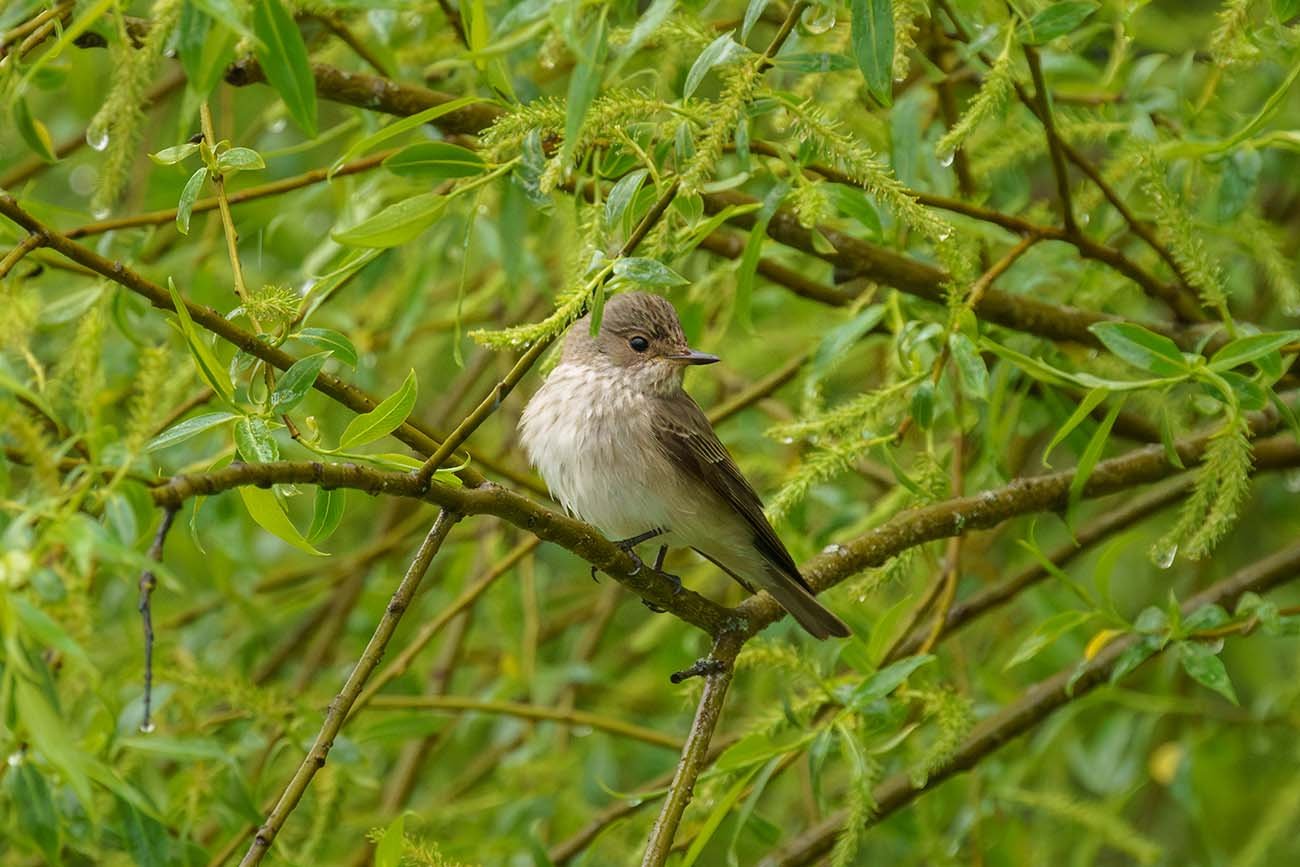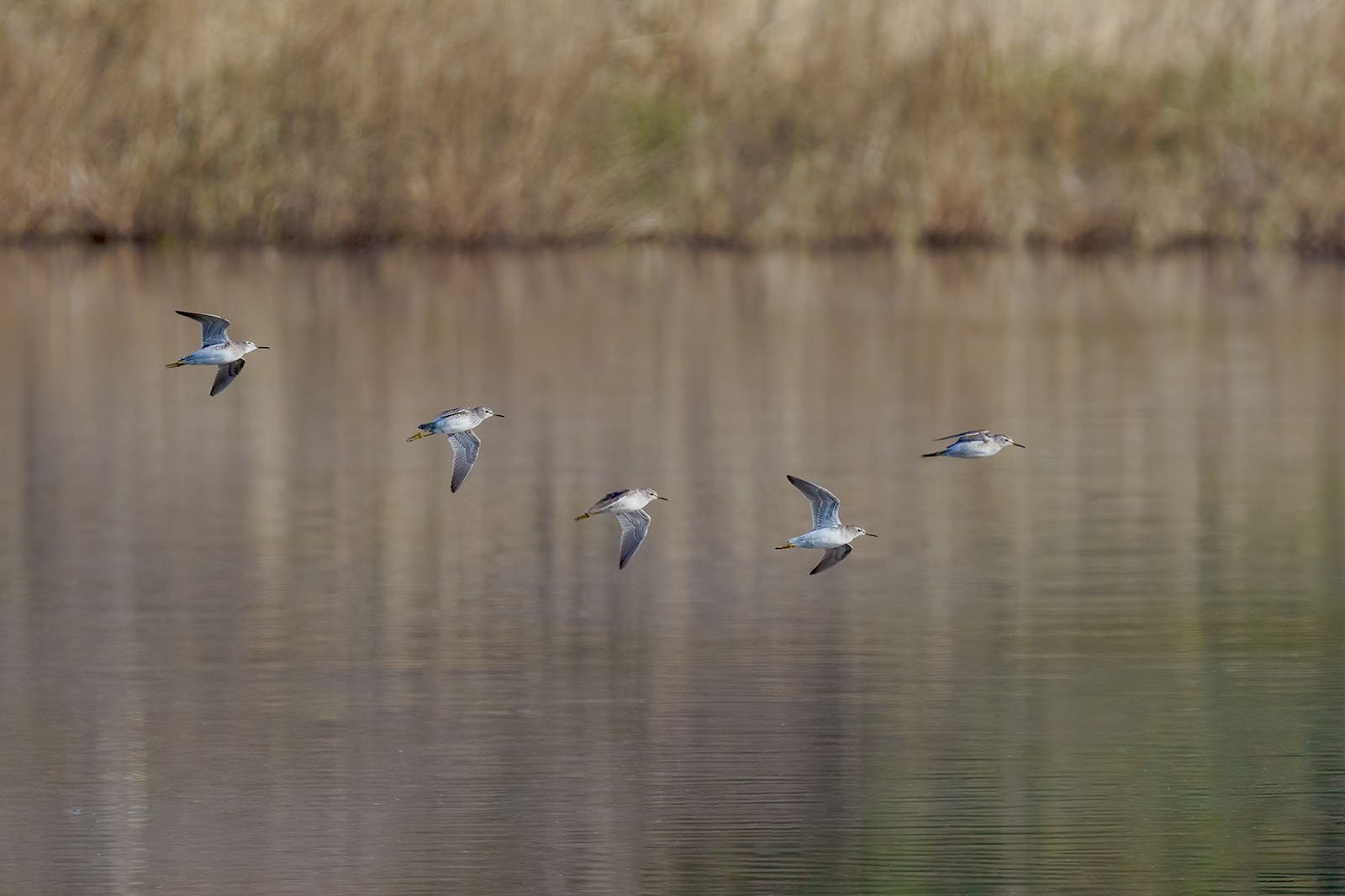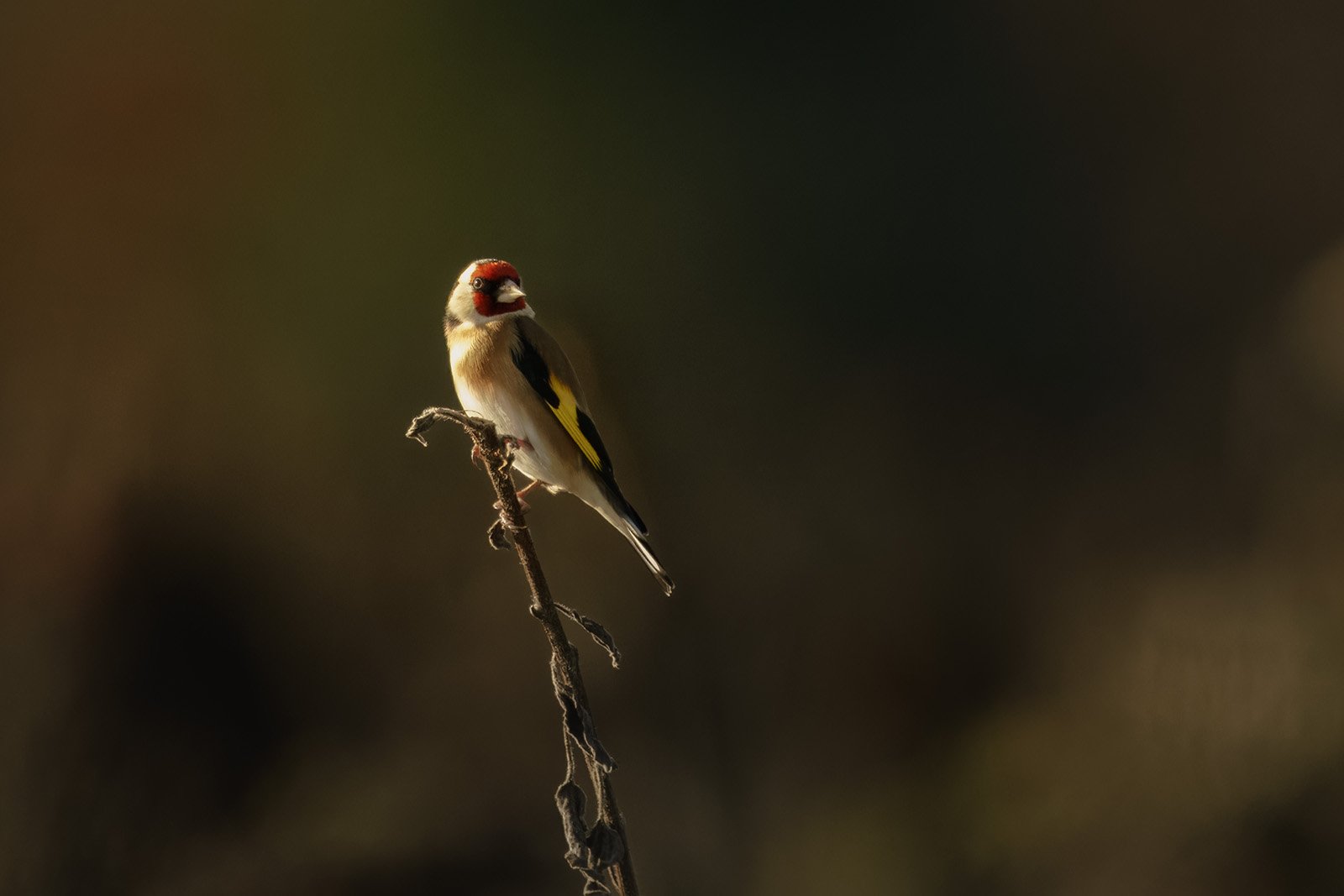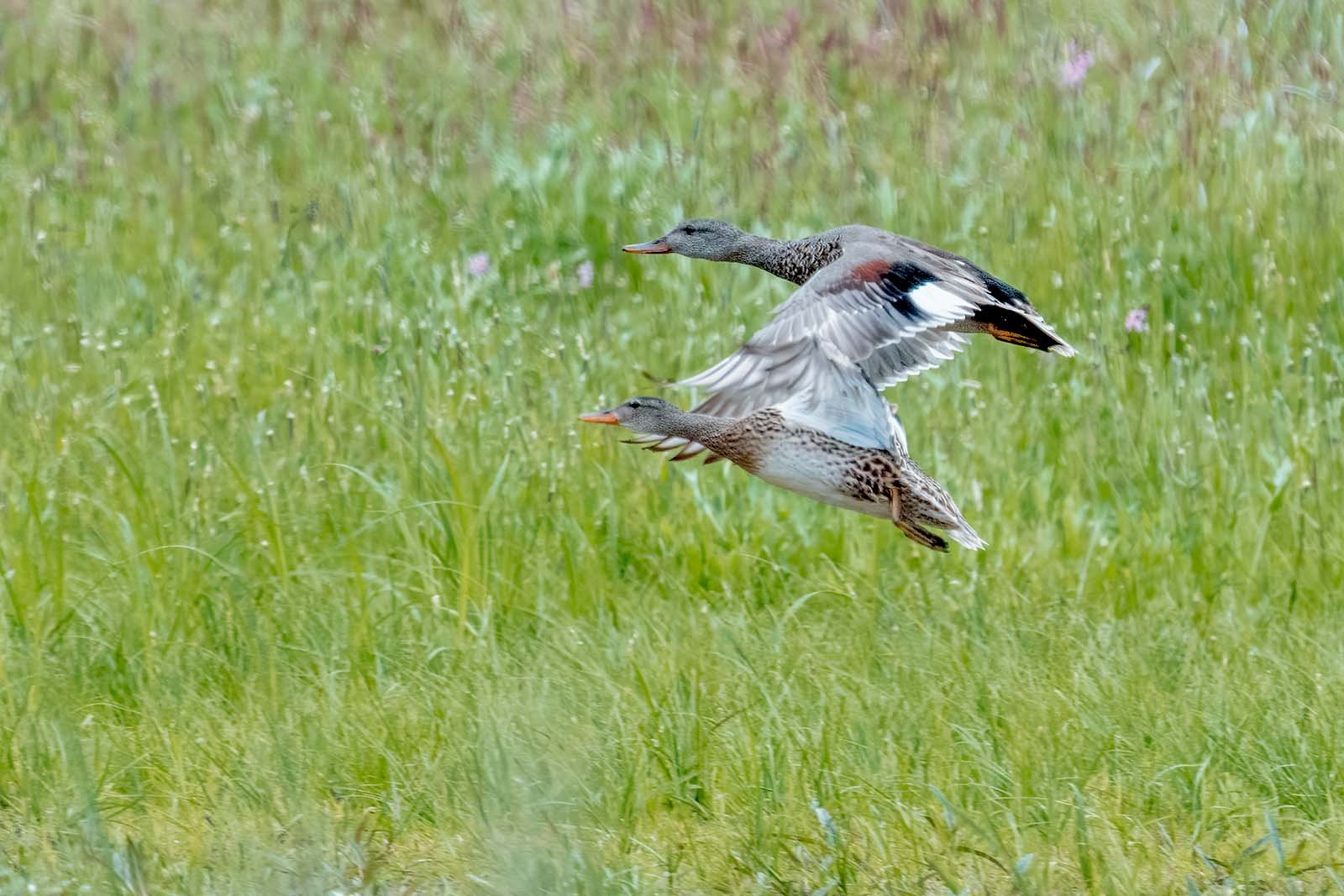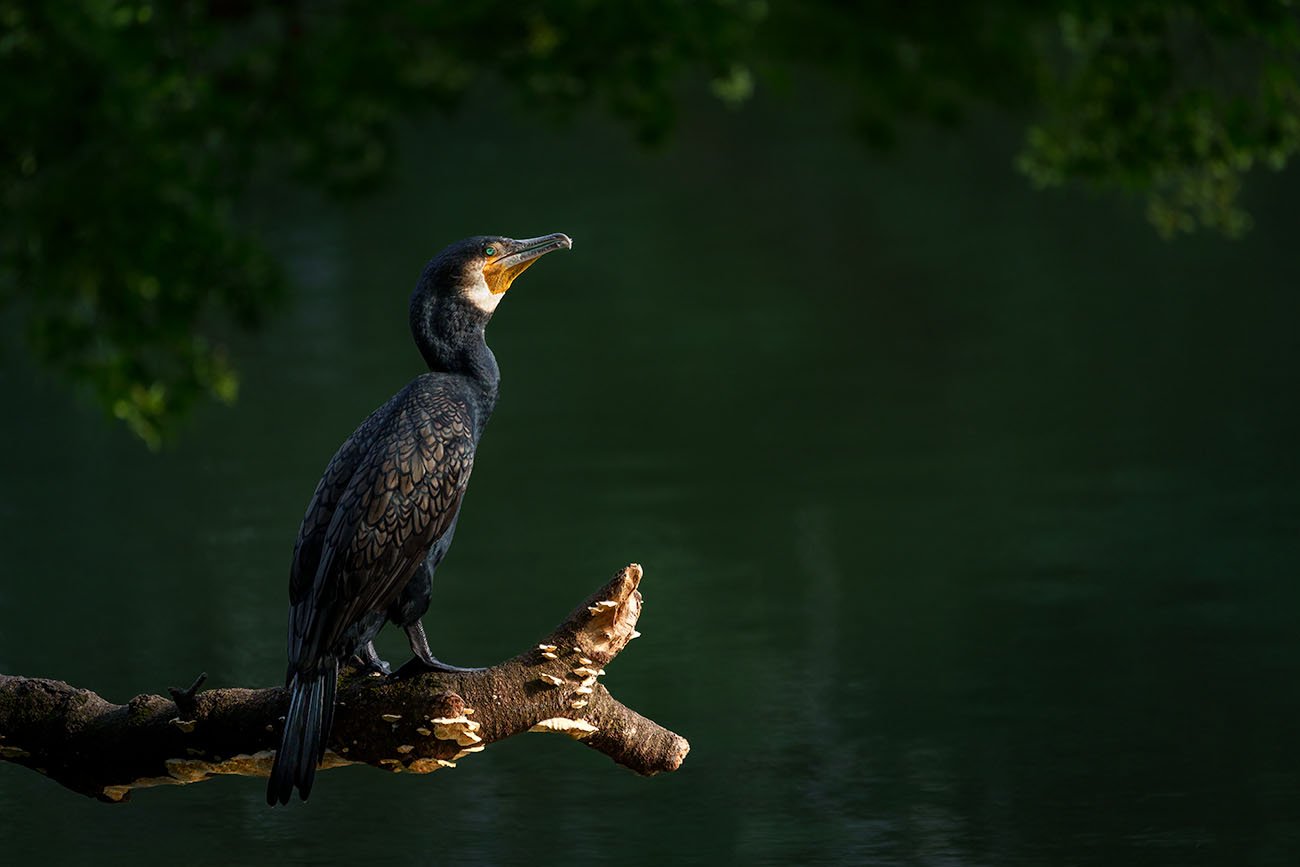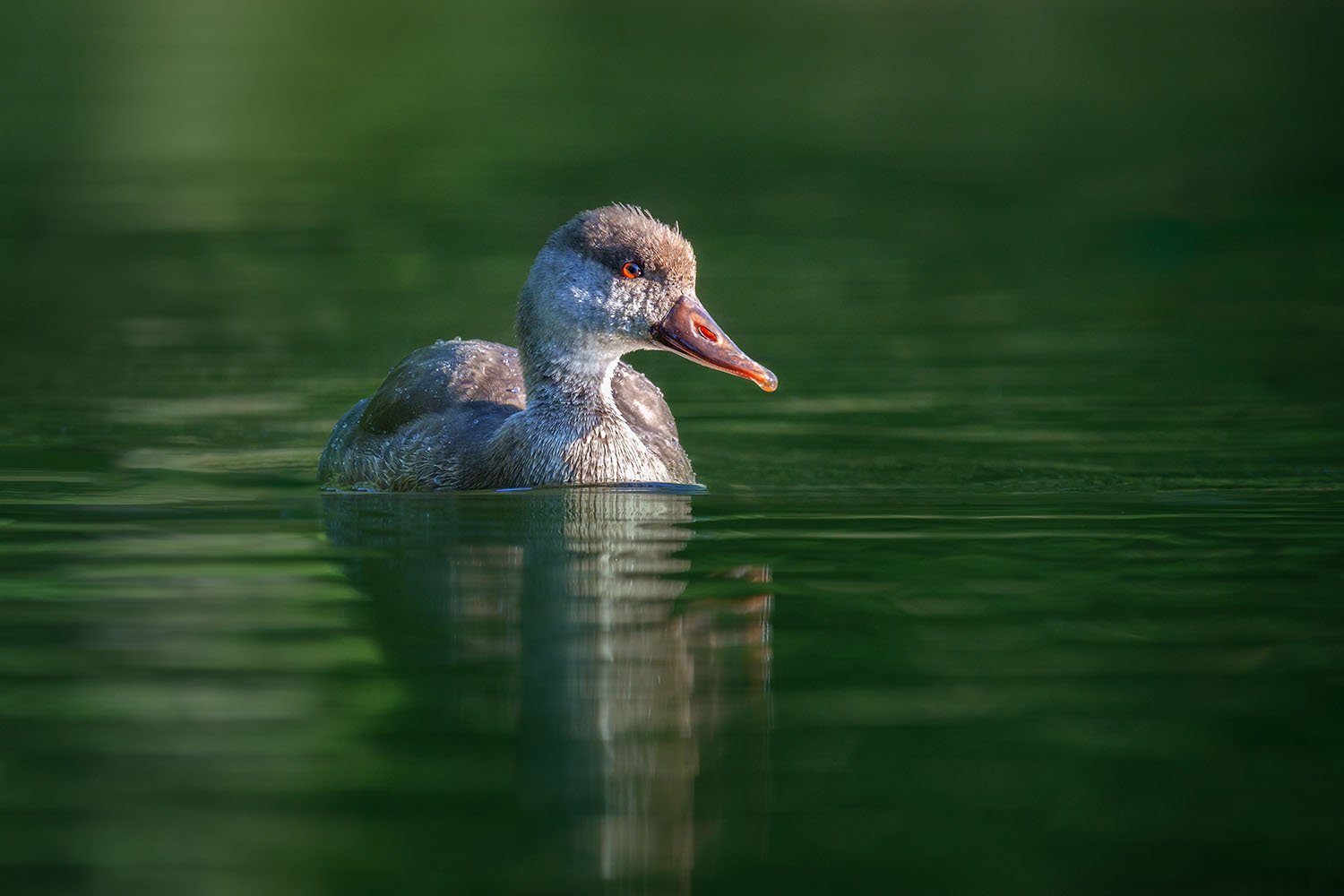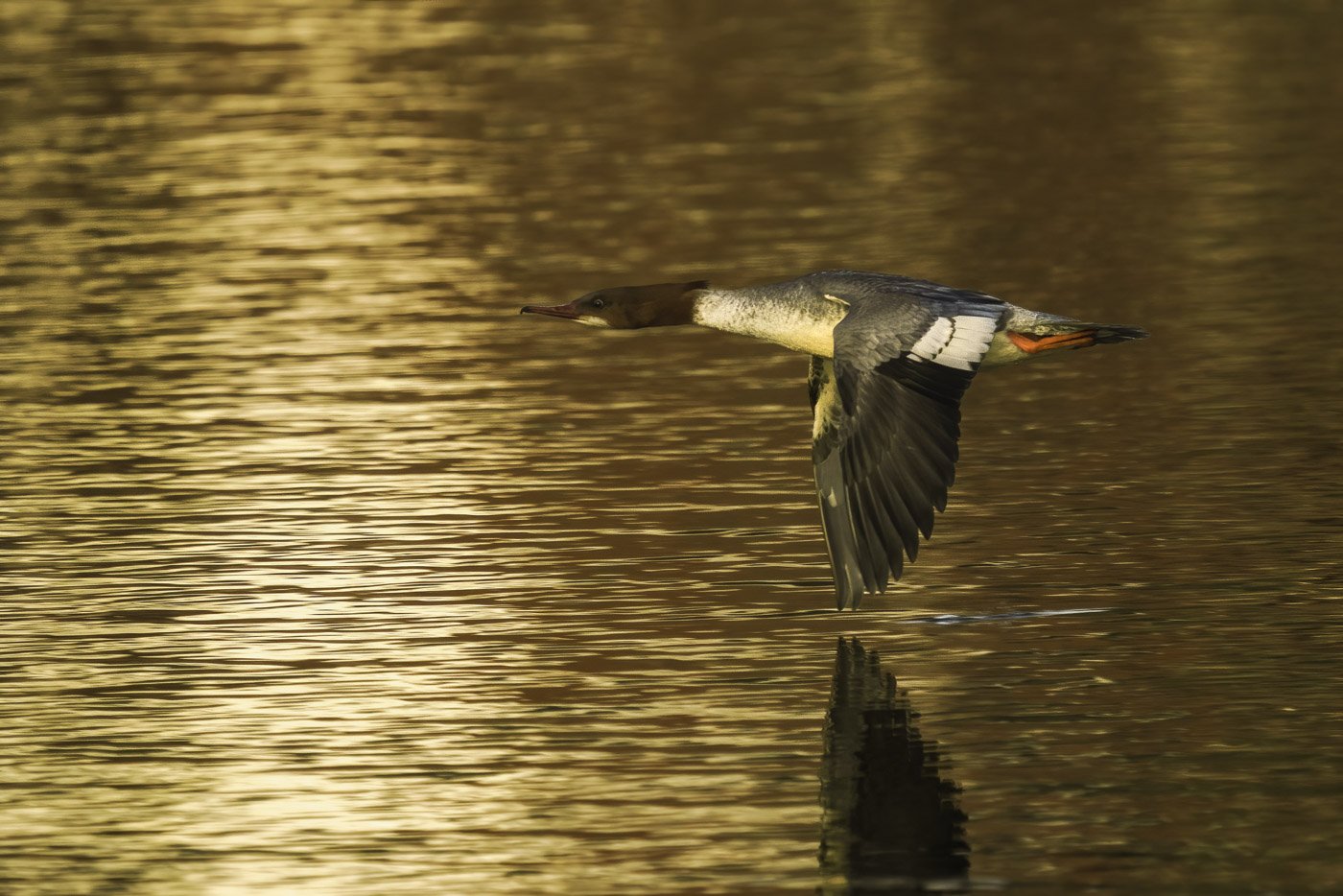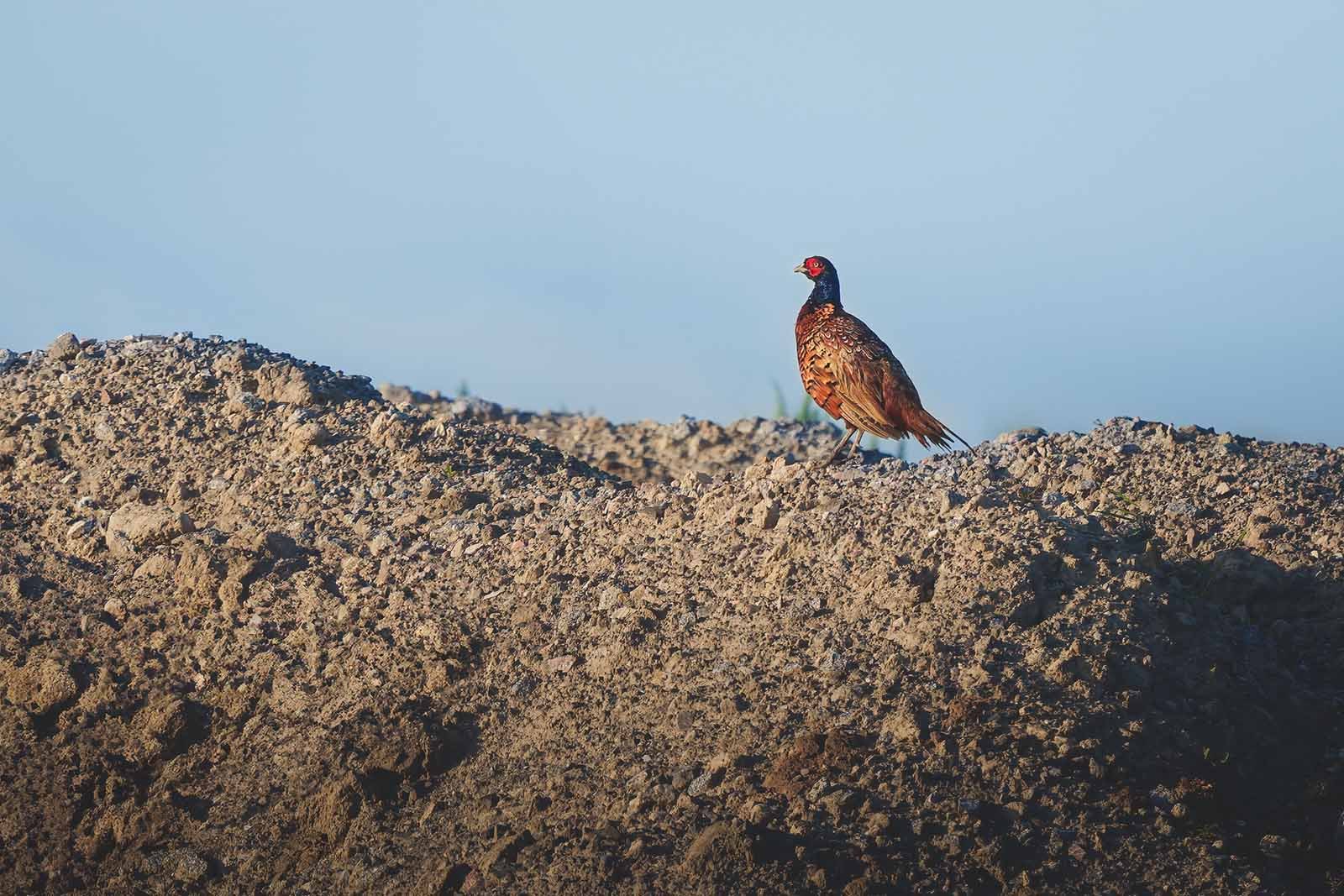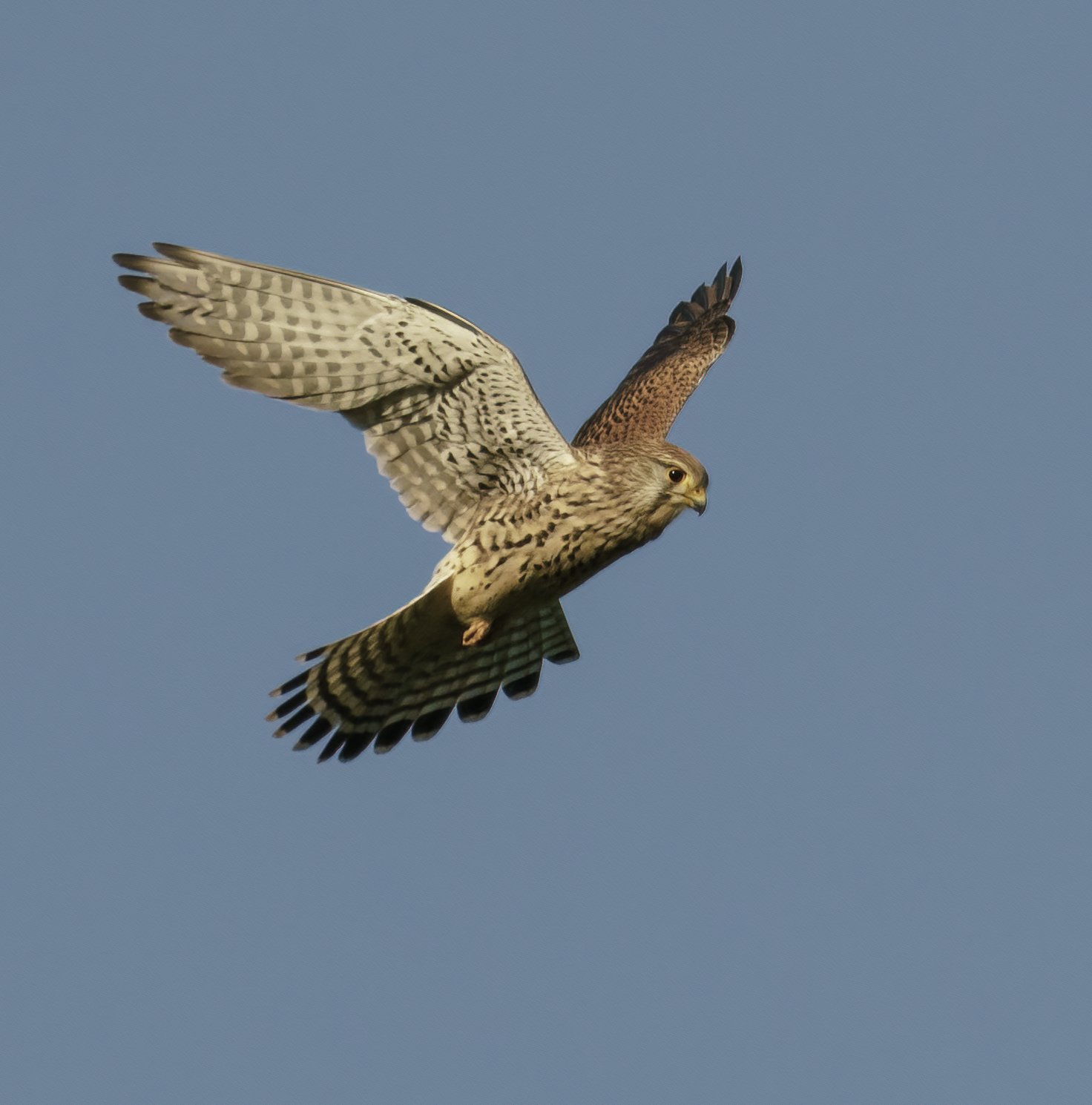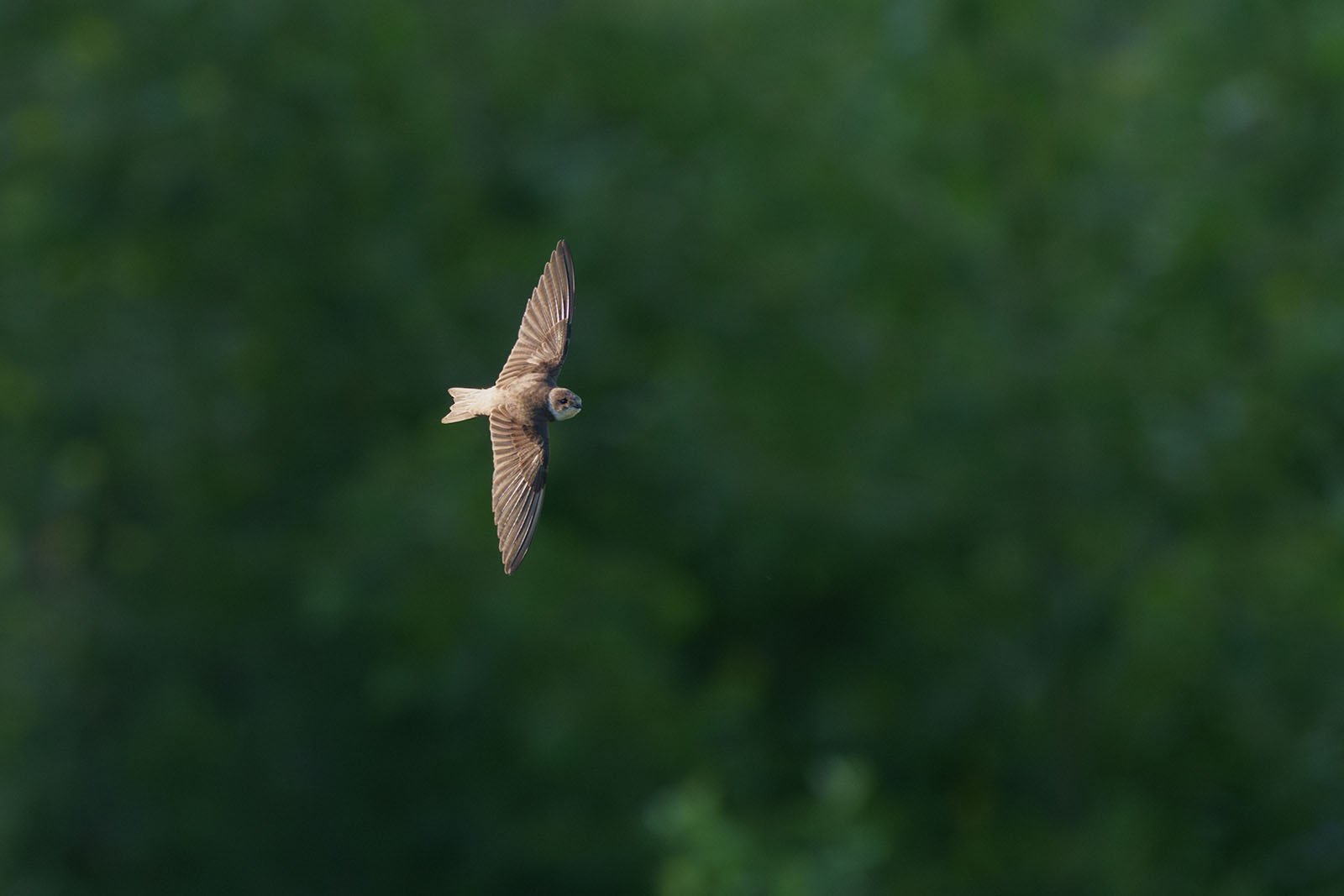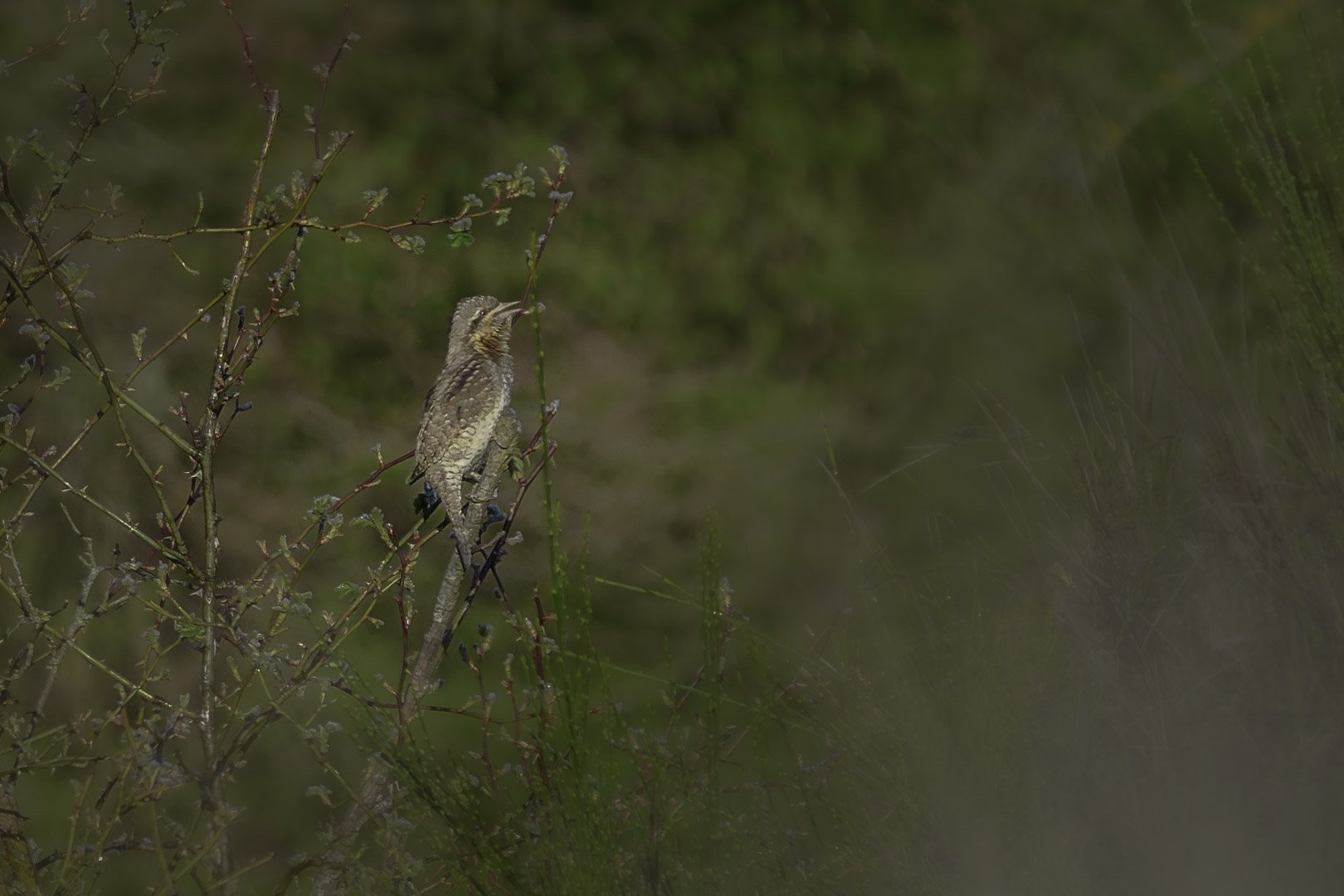Common reed bunting (Emberiza schoeniclus)
Reed bunting (Emberiza schoeniclus) - Picture taken in the Upper Palatinate, Bavaria
Key Data:
Size: 13 - 16 cm
Weight: 15 - 24 g
Diet: Grass seeds, Diptera, Caterpillars, Beetles, Spiders, Dragonflies, Grasshoppers
Season: Partial migrant
Observation Tip: Reeds / reed beds, Waterside with bush cover, Grass-covered swamps, Marshy meadows
Photography Tips:
Lens: Starting from 400 mm
Difficulty Level: Easy
The Reed Bunting, also known as the Reed Sparrow, belongs to the Bunting family (Emberizidae) and is native to Europe, North Africa, and East Asia. It is only absent on some Mediterranean islands. Especially in reed and sedge habitats, the Reed Bunting is frequently encountered. In Central Europe, it is a partial migrant, as most birds leave the region in October/November and return in February and March. During winter, the Reed Bunting resides in North Africa.
The Reed Bunting measures between 13 and 16 centimeters. In males during breeding plumage, the head and throat are black, with a broad white collar and dark brown striped back. The rump is grayish, and the underparts are grayish-white. After the autumn molt, this coloration is covered by gray feather tracts, which become visible again during winter due to feather wear. Females are brown streaked, with a black and white malar stripe, a light supercilium, and a lighter underpart. Identifying them when encountered alone during migration can be challenging.
The Reed Bunting prefers wetland habitats, feeling at home in medium to large reed and sedge areas, such as waterside with bushes, swamps with bushes, and marshy meadows. In autumn, it may also search for food in harvested corn and cereal fields, often alongside finches and sparrows.
During migration and in wintering areas, it primarily stays along lake shores and in wetlands. However, it is also often found far from water bodies, such as in forest clearings and agricultural areas, searching for food.
The Reed Bunting primarily feeds on grass seeds but supplements its diet with small insects, snails, and worms in summer. It mainly forages on the ground, often found in reed beds and on moist grasslands and pastures. Birds can also be observed foraging for food in the lower parts of trees and bushes along water bodies. While foraging, they exhibit high activity levels and sometimes catch insects in flight.
During the breeding season, the Reed Bunting prefers invertebrates as a food source. Especially Diptera, caterpillars, beetles, spiders, dragonflies, and grasshoppers play a crucial role. After the breeding season, the Reed Bunting primarily feeds on grass seeds, although it occasionally still consumes invertebrates opportunistically.


